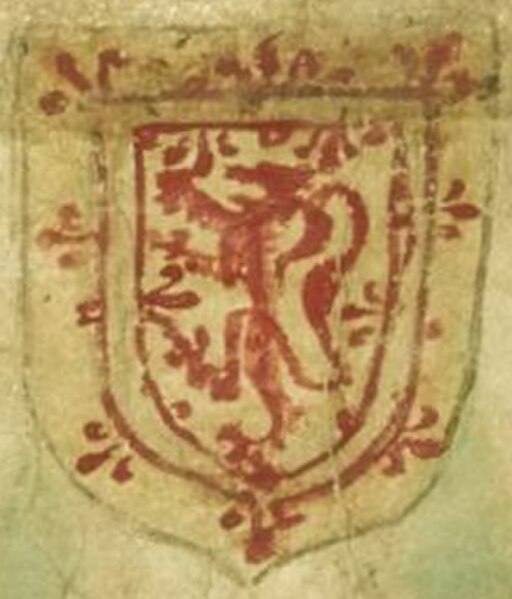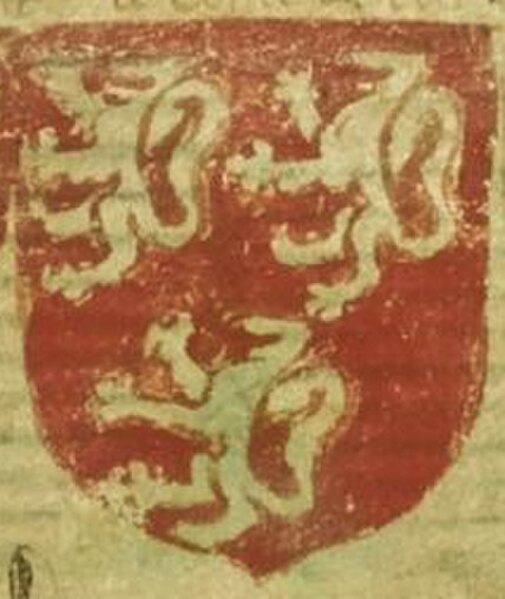Raghnall Mac Ruaidhrí was an eminent Scottish magnate and chief of Clann Ruaidhrí. Raghnall's father, Ruaidhrí Mac Ruaidhrí, appears to have been slain in 1318, at a time when Raghnall may have been under age. Ruaidhrí himself appears to have faced resistance over the Clann Ruaidhrí lordship from his sister, Cairistíona, wife of Donnchadh, a member of the comital family of Mar. Following Ruaidhrí's demise, there is evidence indicating that Cairistíona and her powerful confederates also posed a threat to the young Raghnall. Nevertheless, Raghnall eventually succeeded to his father, and first appears on record in 1337.
Now-ruinous Castle Tioram may have once been a principal stronghold of Clann Ruaidhrí.
Now-ruinous Tarbert Castle underwent extensive enhancements in 1325–1326, and evidently ranked as one of the most dominant Scottish castles at the time. A royal visit to the castle in 1325 may have concerned the apparent forfetiure of Raghnall in the same year. Much of the castle's visible remains date to work undertaken in the 1320s and about 1500.
Image a
Image b
Clann Ruaidhrí was a leading medieval clan in the Hebrides and the western seaboard of Scotland. The eponymous ancestor of the family was Ruaidhrí mac Raghnaill, a principal member of Clann Somhairle in the thirteenth century. Members of Clann Ruaidhrí were factors in both the histories of the Kingdom of the Isles and the Kingdom of Scotland in the thirteenth- and fourteenth centuries. The family appears to have held power in Kintyre in the thirteenth century. By the fourteenth century, the family controlled an extensive provincial lordship stretching along north-western Scottish coast and into the Hebrides. As a leading force in the Kingdom of the Isles, the family fiercely opposed Scottish authority. With the collapse of Norwegian hegemony in the region, the family nimbly integrated itself into the Kingdom of Scotland.

Now-ruinous Castle Tioram may well have been a Clann Ruaidhrí stronghold. The island the fortress sits upon is first recorded in a charter of Cairistíona Nic Ruaidhrí. According to early modern tradition, the castle was erected in the fourteenth century by her niece, Áine Nic Ruaidhrí. The castle served as the seat of the latter's Clann Domhnaill descendants for the next four hundred years.
The name of Mac Somhairle, a man who may be identical to Ruaidhrí himself, as it appears on folio 67r of Oxford Bodleian Library Rawlinson B 489.
One of the rook gaming pieces of the so-called Lewis chessmen. The Scandinavian connections of leading members of the Isles may have been reflected in their military armament, and could have resembled that depicted upon such gaming pieces.
The arms of Alexander II depicted on folio 146v of British Library Royal 14 C VII (Historia Anglorum). The inverted shield represents the king's death in 1249.








